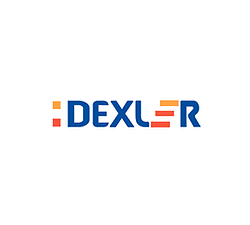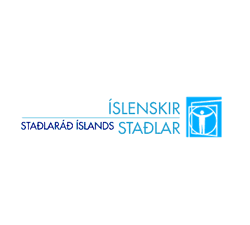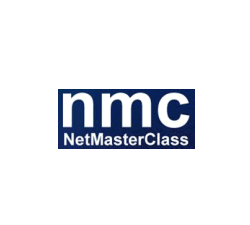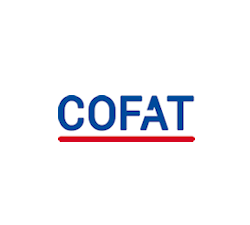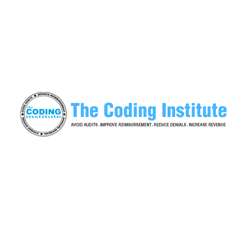So e-learning security seems to require that some information is public and remains public, whilst other information is actually private, and requires controls to be applied to it.
One example of elearning security would be the need to be able to provide protection to some of the information (that represents the specific expertise of the lecturer) whilst making the publicly available information publicly accessible. So the course notes of a lecturer would need to be privilege whilst the references to work that is publicly available should not be protected.
Any mechanism that is providing elearning security needs to be able to honor both regimes at the same time. If it does not, then it would be in violation with internationally accepted legal principles. So if a control system is not flexible enough to be able to protect only the correct portions of the information then it is not adequate for the purpose.
Using Safeguard PDF Security publishers of electronic training materials can protect their intellectual property published in the PDF format from being shared or pirated. Courses can be made available for a specific length of time or number of uses, and the number of prints can be limited or prevented altogether. Publishers can price their courses according to the functionality enabled or limitations imposed, offering more attractive options to customers. Better still, updates can be delivered instantly over the web without fear of them getting into the wrong hands.
While DRM has been seen as a negative addition in the music and video industries, DRM in the online training industry has been welcomed with open arms by many users. The reasoning behind this is that when you are paying upwards of $1000 for a course, you do not want to see others bidding $5 for it on auction sites.
For the publisher, the protection of elearning courses provides a significant increase in their bottom line and the opening of new revenue streams, whilst at the same time benefiting from reduced costs in terms of overheads and distribution.









 Free Trial & Demo
Free Trial & Demo


 Download elearning security software
Download elearning security software